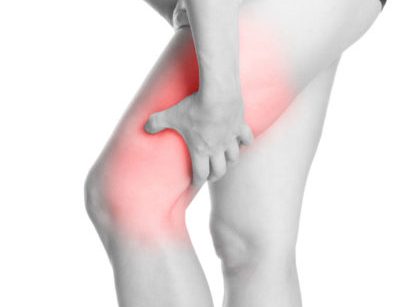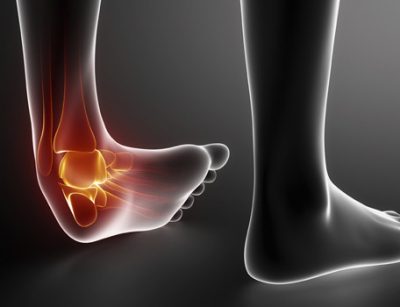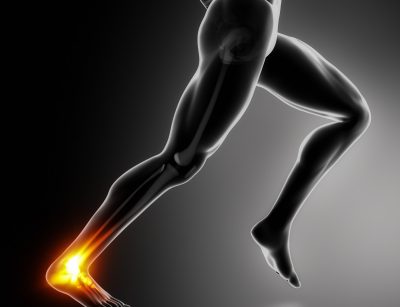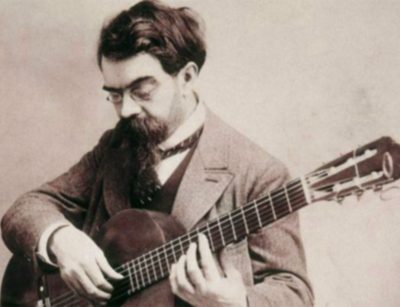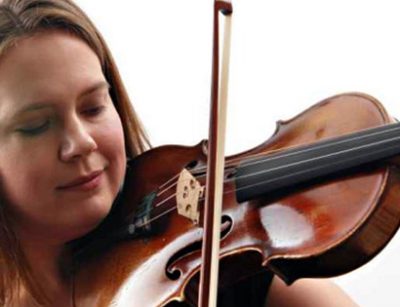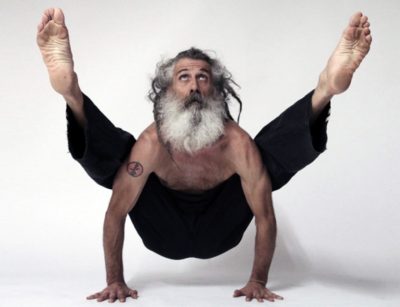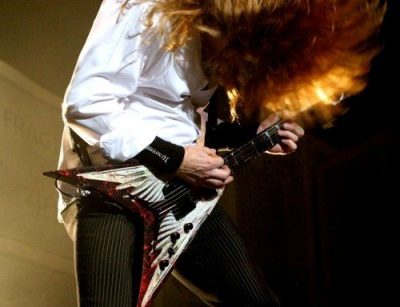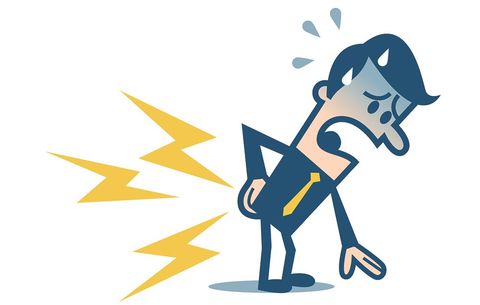
When you have back pain, most people assume there is an injury or some kind of irritation in your back. And in most cases, problems in the back are caused by injuries or irritations to structures in the back. However, it is different for Ms. M. She received treatment from more than 5 different physiotherapists over a span of 6 months, and the result is no significant change in the condition of her back pain. She has received soft tissue releases, has done exercise, stretching, weight training, but nothing seems to relieve her pain.
In this case study, I will provide an explanation of why sometimes, (lower) back pain can be a complex case. Hopefully this case study can convince you that there are many factors that affect the condition of one’s lower back.
Background
Ms. M is a 45-year-old female, where 7 months ago, her lower back suddenly felt pain when she woke up. When she came to us, she wrote down all kinds of therapies she had done with other physiotherapists. She felt very frustrated, because there was no therapy that could reduce the pain she was feeling. At first, the pain was not too severe. But day after day, her condition worsened and even disrupted her sleep.
Ms. M is someone who was active before this injury occurred. She does strength training 2-3 times a week and also runs 5 km 3-4 times a week. Nothing has changed in her daily life before this injury occurred, and also there was no trauma or certain events that made her have an injured back.
She has done several examinations and all types of scans (xray, ultrasound, MRI), but the results are all negative, there is nothing wrong with the structure of her back. There is no movement in her back that feels comfortable, all movements are hurting. Sitting hurts, standing hurst, she had almost given up on ever curing this condition.
Analysis
At a glance, when we look at it from a biological point of view, there is nothing wrong with her lower back, nothing is “broken” or “injured” but why does she feel pain? Let’s discuss.
Most people assume that the pain is caused by an injury or irritation in a part of the body. However, this is not entirely true, because the pain is influenced by many things, not just the intensity or extent of the injury. Pain can be affected by stress, negative emotions, lack of sleep, lack of social interaction, and much more. One important thing that most other physiotherapists miss is the mental and social condition of Ms.M.
After I asked her how her stress levels were since her back pain started, she mentioned a lot of things that happened that increased her stress levels from as far back as 6 months ago.
First of all, her youngest child, had a motor cycle accident and she has to take care of her on a daily basis even until now. Then, lately the level of work stress increased due to the corona virus crisis, and almost every day she is stressed out taking care of issues at work. And finally, this all coupled with a back pain that doesn’t want to heal, leading her to believe it may get as bad as preventing her from walking normally.
Hypothesis
Listening to Ms.M’s emotional, stressful situation and the lack of social interactions makes me think of a concept called the BioPsychoSocial model of the health system. The meaning is, a person’s illness condition is influenced by 3 main factors
Bio = Biology / Structure of the body
Psycho = Psychology of a person
Social = Social environment such as family and friends
So the pain suffered by someone, not only comes from the intensity and extent of the injury. However, it is also influenced by their mental and social condition, which is very relevant for Ms. M.
Of course there may be an injury to Ms.M’s lower back as well, Biological factors also have an effect. But the thing that made her condition worse and did not lead to healing was the stress of her work and also the condition of her child. Until now, all the other physiotherapists had only paid attention to the biological factors, without paying attention to the PsychoSocial factors of Ms. M.
Treatment Method
The important thing that I gave and did for Ms. M was to listen to all of Ms. M’s concerns regarding her condition of her child, and gave confidence that the condition of her lower back would improve. I explained the influence of a person’s mental and social condition on the pain she feels, and sometimes, the most important way to reduce pain is to “let go” and not worry too much/overthink problems.
For a duration of 6 months, Ms. M assumed that there was an injury or fracture on her lower back, which made her constantly search for answers and ways to heal the “injury”. However, studies and facts say that, if a condition lasts more than 3 months, the main problem is not the injury anymore, but more our thoughts and mindset of the injury. Most injuries will heal within 3-12 weeks, and when the patient’s pain has not subsided, what we have to target is not Biology, but their Psycho and Social.
Hearing this, we talked at length about pain and injury. Changing one’s perspective and way of thinking is not easy, but Ms. M agreed to try the tips that I taught her, especially to do mindfulness meditation when she is feeling lower back pain and stress.
Mindfulness meditation is a method of meditation that aims to focus the mind on current conditions, and aims to reduce stress and worry. There are many ways to do mindfulness meditation, and I advise Ms.M to do this meditation for 5 minutes when she is stressed and every night, where she focuses her attention on breathing and to the sound of music (for more information, can open www.mindful.org).
Long story short, by changing her way of thinking, Ms. M could recover within 1 month of therapy. Almost all of the sessions are education and conversations where Ms. M and I try to talk about all of her worries, all of her stresses, all of her negative thoughts, and try to find solutions.
Conclusion
The message for readers of this blog is, pain is influenced by many things, not only from the intensity or the magnitude of the injury, but also by one’s emotional, mental and social conditions.

